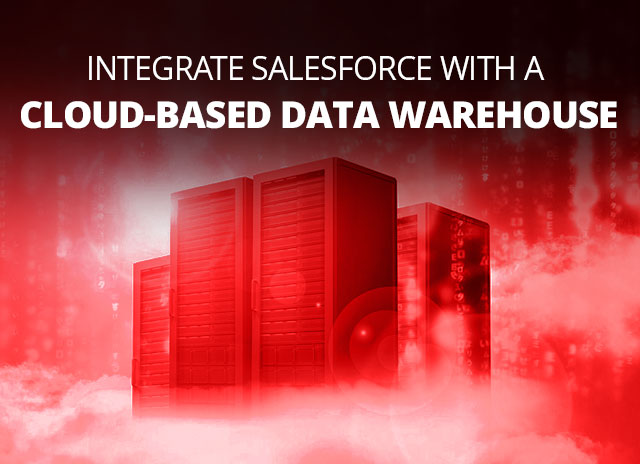Integrate Salesforce with a Cloud-Based Data Warehouse
Data from Salesforce (a cloud computing platform managing your interactions with current and potential customers) could be a saving grace for anyone working in the sales or marketing industries, since it provides insights that few other platforms can provide. However, knowing how to read this data is just as vital as finding it in the first place.
Using cloud-based data warehouses alongside your general Salesforce usage can help with integrating it into your other data sets. A data management and warehousing platform can allow you to review data collected by Salesforce, and integrate it into your other company-related data.
Here are some perks of integrating salesforce data into your everyday business work:
Find the right warehouse platform
First and foremost, you’ll want to find the right data warehouse platform to integrate Salesforce with. This is important because, even though Salesforce is compatible with many different platforms, only some will provide you the tools and integration you need to be a successful, well-run business.
Blendo Salesforce integration gets all of your data into your warehouse and can help find answers to data and sales-related questions. With platforms like this, you can also assess leads and deals and pursue whatever’s most promising.
Create a unified view of customers
Another perk of integrating Salesforce is the fact that it you get a more unified view of customers for your employees. It’ll paint a more complete picture of your customer and aid in finding the most promising leads.
Virtualize and manage data
By integrating Salesforce, you also can virtualize and better manage any data that comes to your business. Virtualization, for one, brings agility to the use of data, and this virtualized data can be more readily accessible and proactively managed.
Likewise, the management of data is made easier because platforms which integrate Salesforce use open application programming interface (API) to allow applications integrated into one another to communicate better. This makes managing the data sets coming from multiple platforms to be easier.
Consider integrating more
Lastly, if using Salesforce proves successful for your business, consider some other ways you can make use of this gold mine of a data platform. Data integration is merely the first step of all of the possibilities you can have using Salesforce.
There’s also process, security, and user interface integration to implement in your office. Here are a few key differences between all four:
Data integration: Mere data integration, though incredibly helpful, just means that the unified data platforms communicate with one another. By having these platforms communicate and work together comprehensively, it promotes employee efficiency and ensures quality, consistent data sets. It can also deliver one data set to another for comparison and analyses.
Process integration: Next, process integration takes what data integration does and goes a step further. Process integration throws applications designed for workflow into the mix so that business processes exist end-to-end. This creates a more cohesive working system.
Security integration: Security integration makes accessing information both on the employee and customer side of things easier and less administrative in nature. By combining authentication systems with these platforms, data and information can be accessed appropriately by the individual.
User interface integration: And last but not least, user interface (UI) integration just makes the overall experience of using the platform easier for users by integrating systems to create one entry-way for multiple different applications. It streamlines the platforms by bringing them into one place and enhances the overall user experience.



